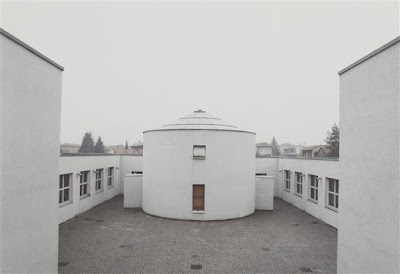The little town of Tortona is off the regular tourist path that runs through the Piedmont region of northwestern Italy. True, it was the oldest Roman settlement in the Po Valley, established more than one hundred years BCE. But today, it is also home to Il Divisionismo Pinacoteca Fondazione, The Art Foundation for Divisionism, housed in a defunct bank building. Because few of the artists shown here have been collected outside Italy, their work comes to us with an unexpected freshness.
Divisionismis the name given to a group of artists active in late 19th and early 20th century Italy, during and after the time of Italian unification, a period known as the Risorgomento. It is a group in a looser sense of the term than historians are comfortable with; many of the artists were committed to the betterment of society and the alleviation of poverty but style and emphasis varied. Some of the best-known of them were Vittorio Grubicy de Dragon (1851-1920). Angelo Morbelli (1853-1919), Plinioi Nomellini ((1866-1943), Emilio Longoni (1859-1932), Giueseppe Pellizza da Volpedo (1868-1907), and Giovanni Segantini (1858-1899). What they knew, mostly, about their French contemporaries came through reading about them in the French press, rather than seeing their paintings. It fell to Grubicy de Dragon to become explicator of the new art to his countrymen. This has the happy effect of allowing a variety of styles to be shown side by side, in harmony - a fascinating visual dialogue.
You can explore the collection in full here (in Italian).
One of the best known works in the collection and, indeed, one of the most representative of the Divisioinist movementis Emilio Longoni's Reflections of a Hungry Man. Its colors and its mood are reflected in another Longoni wokr, this one the landscape Winter Melancholy.
To read more: Radical Light: Italy's Divisionist Painters, 1891-1910, Simonette Fraquelli et al, National Gallery, London: 2008.
Images:
1. Victor Grubicy de Dragon Quando uccelletti vanno a dormire (When the little birds go to sleep), c.1891-93.
2. Giuseppe Pellizza da Volpedo - L'Albero (The tree), 1892.
3. Emilio Longoni - Malinconia Invernale (Winter melancholy), c.1894.
4. Emilio Longoni - Riflessioni di un affamato (Reflections of a hungry man), 1894.
5. Plinio Nomellini - Mattina in officina (Morning at the workshop), 1894.
6. Giovanni Segantini - Malven / O Malvoni (Hollyhocks), 1881.











































